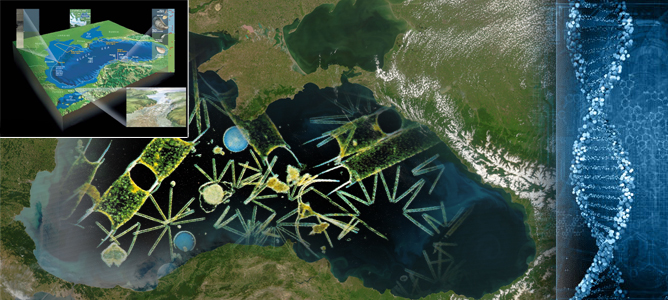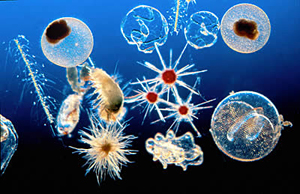
Analyzing genetic data is one of the latest trends with scientists to try to unlock the secrets of how life has evolved and came to be on Earth. Recently a marine paleoecologist by the name Marco Coolen discovered a treasure trove of ancient genetic data in the Black Sea from a number of extinct species of plankton. Marco Coolen has been conducting research with Woods Hole Oceanographic Institution to mine up the sedimentary layers of the Black Sea which led to the discovery of this vast amount of genetic material.
Due to its natural isolation, the Black Sea has been an area of interest for climate change research as it preserves evidence of climate change almost like a textbook. Geologists and oceanographers have long been interested in this region as an archive to the hydrologic and continental climate change of our past. Although in modern times the Black Sea gets a steady stream of marine water through the Strait of Bosphorus and freshwater from streams, this area used to be an isolated lake prior to glacial melting and sea level rises after the ice age.
What happened to the plankton in the Black Sea?
Researchers are currently looking to answer this question but little evidence has been found at this time. The time span that they are focusing on is during the Late Glacial to Holocene to discover what ecological changes could have led to the decline in plankton life approximately 10,000 years ago. Genetic research has begun to take a forefront in this investigation to reconstruct the time line of climate change on plankton life.
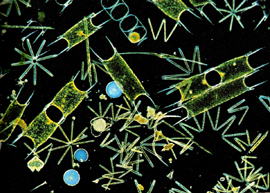
DNA evidence is considered to be the best solution to solving this riddle to examine the ancient ecology in more detail. Typically the most common tactic used to investigate the fossil records is with a microscope to determine what species existed in core samples taken from the soil and Earth in the desired area. With a lack of fossil records scientists are forced to examine the genetic residue of the soil samples to provide enlightenment on the species that populated this ecosystem in the past.
Another problem that scientists ran into was the lack of a genetic library for some of the older species of plankton found. Currently a clone library is used to compare genetic data found in the soil as a cross reference tool to determine what species the biological material came from. With a lack species present in the current clone library however researchers have to rely on more advanced techniques (pyrosequencing) to acquire the information they are seeking.
What is Pyrosequencing?
Pyrosequencing is a process developed in 1996 by Mostafa Ronaghi and Pal Nyren from the Royal Institute of Technology located in Sweden. This process uses nucleotides to produce DNA sequencing based on synthesis. This process uses a single strand of DNA as a template and then utilizes a system of generating its complimentary strand using DNA polymerase and chemiluminescent enzymes. The base pairs of nucleotides (A, C, G, and T) are added and removed in a sequence until light is produced from the reaction indicating the complimentary solution to the DNA template. This helps to determine the ordering and structure of the DNA strand. Pyrosequencing is used primarily to figure out the genome assembly of close relative to an organism whose genetic profile is already available. Genetics are becoming an ever more popular method of scientific evidence and are being used to trace the history of ecological changes in the Black Sea.
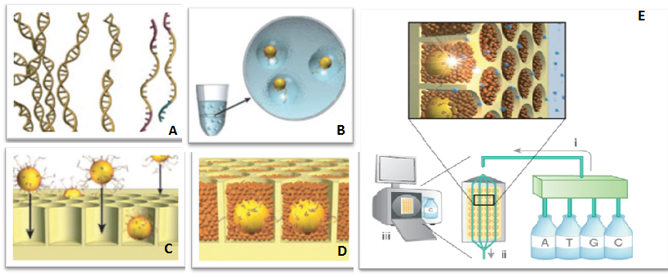
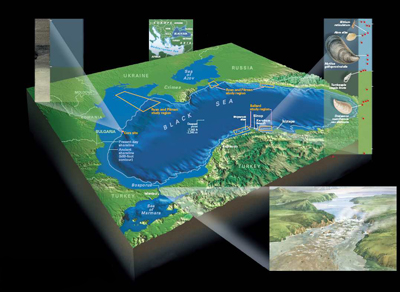
What other factors are considered during investigations into the Black Sea’s plankton change?
The salinity of the Black Sea and temperature are key areas of focus for researchers in the region. Emiliana huxleyi is a photosynthetic organism which contains alkenones (organic compounds) where the ratio of hydrogen can be used to determine the water’s surface temperature. Using this process it has become possible to retrace the salinity changes over the past 6,500 years in the Black Sea thus far.
Conclusions are beginning to surface as to what types of influences could have caused the changes in the environment. It is believed that four major changes have occurred since glacial melting began influencing the ecology of the Black Sea. An increase in salinity is attributed to waters from the Mediterranean Sea depositing marine waters in what was previously a freshwater lake. This increase in salinity caused some forms of algae and plankton to die off which is estimated to have occurred about 9,600 years ago. This was followed by a period of dry climate changes approximately 5,200 years ago which then transitioned into a cooler and wetter period about 2,500 years ago. Finally human influence over the past century appears to have contributed to the most dramatic and damaging changes to the ecology of the Black Sea.
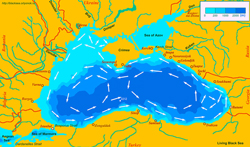
This research, although conducted in an isolated region has given new light to just how sensitive marine ecology responds to climate change and human influence. Ultimately this research has helped to discover a plethora of ancient plankton and algae species which were previously not found in fossil evidence helping scientist reconstruct the past in greater detail.
Tags: genetics, marine biology, plankton
